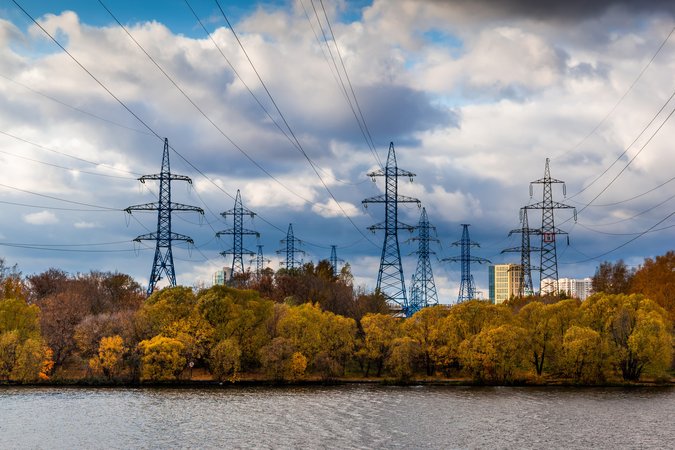SO2 Allowance Trading: How Experience and Expectations Measure Up
View Journal ArticleThe SO2 trading program has achieved reductions in emissions ahead of schedule, with allowance prices below the marginal costs that were anticipated for the program. This paper explores the experience with the program and proposes a taxonomy of reasons why allowance prices are low. The overarching reason is that the most costly investments to accommodate full emission reductions have been successfully delayed. Application of a discount rate to these long run marginal costs yields an estimate of allowance price close to that observed today. Several factors have contributed to the delay in bearing these costs, and helped to reduce their magnitude. One group of factors stems from market fundamentals, especially the cost of rail transport of low sulfur coal. A second group includes the influences of state and federal regulators. A third group includes distinctions from the “imagined” program compared to that which was actually been enacted.





